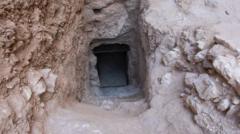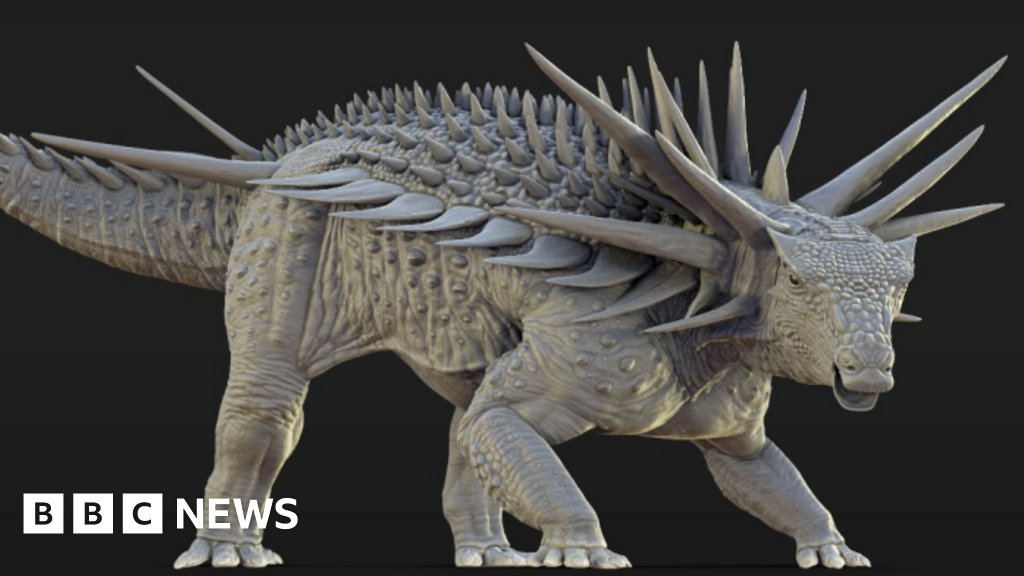Archaeologists believe they may have located a second tomb of the ancient Egyptian pharaoh Thutmose II, just days after the announcement of another significant discovery related to Tutankhamun. Lead archaeologist Piers Litherland has indicated that this potential find could reveal the mummified remains of Thutmose II, further illuminating a critical time in Egypt's history.
The proposed tomb site is believed to be situated beneath a 23-meter man-made mound composed of limestone, rubble, ash, and mud plaster. This construction was reportedly meant to mimic the appearance of the surrounding mountainous landscape in the Theban Necropolis, a region nearby Luxor that is rich in ancient history. Unlike the first tomb, which is thought to have been compromised by flooding shortly after the pharaoh's burial, this second site may hold more intact treasures.
Litherland's team is currently excavating the site by hand due to safety concerns regarding previous attempts to tunnel underneath the structure. He estimated that the excavation process would take about a month to complete. "We should be able to take the whole thing down in about another month," Litherland remarked.
The first tomb, recently discovered by Litherland's team, was shrouded in historical significance, revealing intricate decorations typically reserved for pharaohs, including a ceiling adorned with a stunning blue background and yellow stars, a motif known to characterize royal tombs. Litherland expressed his emotional response upon discovering such rare artifacts, illustrating the depth of connection to the past that archaeology creates.
Thutmose II, who reigned from approximately 1493 to 1479 BC, is often recognized as the husband of Queen Hatshepsut, who was one of Egypt's most powerful female rulers. The discovery of the tomb could provide invaluable insights into the lineage and heritage of one of Egypt's most famous kings, Tutankhamun, known for his lavish burial, which was unearthed in 1922 by British archaeologists.
As the archaeological community eagerly awaits updates on this potential new find, it serves as a reminder of the ongoing exploration of Egypt's rich and complex history.
The proposed tomb site is believed to be situated beneath a 23-meter man-made mound composed of limestone, rubble, ash, and mud plaster. This construction was reportedly meant to mimic the appearance of the surrounding mountainous landscape in the Theban Necropolis, a region nearby Luxor that is rich in ancient history. Unlike the first tomb, which is thought to have been compromised by flooding shortly after the pharaoh's burial, this second site may hold more intact treasures.
Litherland's team is currently excavating the site by hand due to safety concerns regarding previous attempts to tunnel underneath the structure. He estimated that the excavation process would take about a month to complete. "We should be able to take the whole thing down in about another month," Litherland remarked.
The first tomb, recently discovered by Litherland's team, was shrouded in historical significance, revealing intricate decorations typically reserved for pharaohs, including a ceiling adorned with a stunning blue background and yellow stars, a motif known to characterize royal tombs. Litherland expressed his emotional response upon discovering such rare artifacts, illustrating the depth of connection to the past that archaeology creates.
Thutmose II, who reigned from approximately 1493 to 1479 BC, is often recognized as the husband of Queen Hatshepsut, who was one of Egypt's most powerful female rulers. The discovery of the tomb could provide invaluable insights into the lineage and heritage of one of Egypt's most famous kings, Tutankhamun, known for his lavish burial, which was unearthed in 1922 by British archaeologists.
As the archaeological community eagerly awaits updates on this potential new find, it serves as a reminder of the ongoing exploration of Egypt's rich and complex history.
















